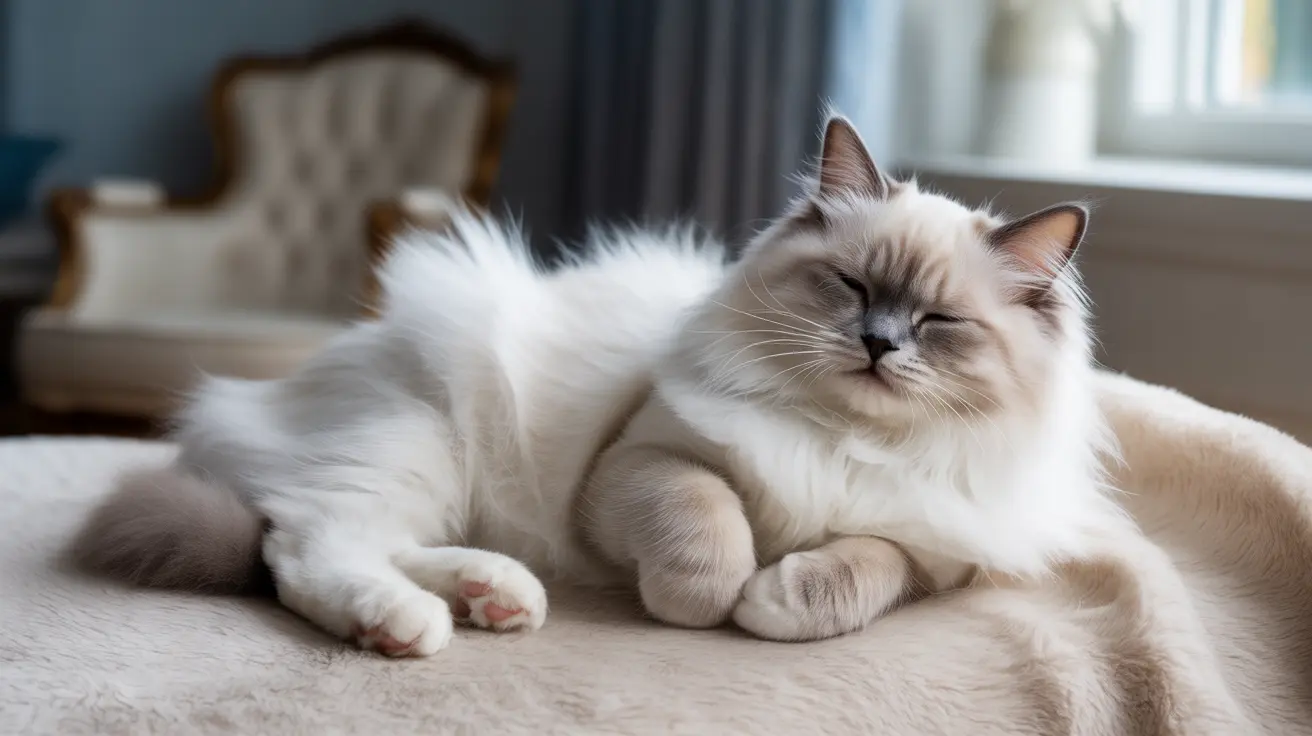Do Cats' Ears Hurt When Flying? Understanding Feline Air Travel Discomfort
Flying can be a stressful experience for cats, and one concern many pet owners have is whether a cat's ears hurt during a flight. This worry stems from the fact that humans often feel pressure or pain due to changes in cabin altitude. While cats also have sensitive ears, the effects of cabin pressure changes might not be as pronounced due to their smaller sinus cavities and different physiology. However, discomfort is possible, and recognizing the signs of stress or pain is important for any traveling pet parent.
Causes of Ear Discomfort in Flying Cats
- Cabin Pressure Changes: Just like humans, cats can be affected by rapid changes in air pressure. These changes can cause a temporary imbalance in the inner ear.
- Stress and Anxiety: Anxiety doesn't directly hurt the ears but can magnify physical sensitivity, making your cat more reactive to minor discomforts, including pressure shifts.
- Preexisting Health Issues: Cats with ear infections or respiratory conditions may feel increased discomfort during flights.
How to Minimize Ear Pain and Discomfort
Fortunately, there are several ways to reduce the risk of ear-related discomfort during air travel. Preparing in advance and taking the right steps can make a significant difference.
1. Veterinary Check-Up
Before flying, take your cat to a vet for a full check-up to ensure they’re fit for travel. Confirm that their vaccinations are up to date and that there are no underlying ear or sinus issues that could worsen during the flight.
2. Use a High-Quality Carrier
Choose a carrier that your cat finds comfortable. Ideally, it should be large enough for the cat to stand, turn around, and stretch. Line the carrier with cozy, familiar-smelling items (such as their bed or blanket) to make the environment less stressful.
3. Introduce Your Cat to Travel Gradually
To decrease overall anxiety—which can exaggerate discomfort—get your cat used to their carrier and car rides well in advance. Leave the carrier open in your home, place treats and toys inside, and allow the cat to explore freely.
4. Use Pheromone Sprays
Feliway Classic Spray is a synthetic pheromone product that creates a sense of familiarity and security. Spraying it inside the carrier lining, roughly 15 minutes before loading your cat, can reduce anxiety and perceived discomfort.
5. Provide Comfort During the Flight
- Keep the carrier closed and under the seat in front of you for stability.
- Cover the carrier with a light cloth to diminish visual stimuli.
- Talk to your cat calmly throughout the journey—your demeanor affects their behavior.
6. Consider Calming Supplements or Medication
If your cat is highly anxious or has a history of travel problems, consult your vet about calming solutions. Products like Acepromazine may be prescribed, but must be used with caution and under supervision. Never medicate your cat without veterinary approval.
7. Hydration and Feeding Tips
Keep your cat hydrated before and after the flight. Food should usually be avoided during flights to prevent nausea, but fresh water is essential. Bring water from home and offer it at stops or once you reach your destination.
After the Flight: Adjusting to New Surroundings
Once you’ve arrived, set up a quiet, confined space with your cat’s familiar items. A Feliway diffuser in the room can help with post-flight stress adaptation. Give your cat time to adjust before introducing them to the rest of the environment.
Signs Your Cat May Be Suffering Ear Discomfort
- Frequent scratching or pawing at ears
- Tilting head to one side
- Restlessness or increased vocalization during ascent or descent
- Increased drooling (linked with nausea or discomfort)
If you notice any of these signs, it’s best to consult a vet immediately post-travel.
Final Thoughts
While a cat’s ears may experience some mild discomfort during air travel, proper planning and preparation can significantly reduce the risk. Understanding and anticipating your cat’s needs, packing their favorite items, maintaining a calming presence, and consulting your vet can all help ensure a smooth and safe journey—whether by air or road.
Don’t forget: your own calm demeanor helps your cat stay relaxed. With the right carrier, environment, and enrichment, feline flight can be safe and manageable.





